This article was co-authored by Rebecca Ward, LMFT, SEP, PCC, MA. Rebecca A. Ward, LMFT, SEP, PCC is the Founder of the Iris Institute, a San Francisco, California-based business focusing on using somatic expertise to teach individuals and groups the skills to deal with dilemmas using interventions, including her own Original Blueprint® method. Ms. Ward specializes in treating stress, anxiety, depression, and trauma. She is a Licensed Marriage and Family Therapist (LMFT), a Somatic Experiencing® Practitioner (SEP), and a Professional Certified Coach (PCC) accredited by the International Coach Federation (ICF). Rebecca holds an MA in Clinical Mental Health Counseling from Marymount University and an MA in Organizational Leadership from The George Washington University.
There are 9 references cited in this article, which can be found at the bottom of the page.
This article has been viewed 39,319 times.
Stress is an unavoidable part of life brought on by both good and bad events. Although stress can't be avoided you can manage your response to it. By taking a day to yourself and making it as relaxing as you can the harmful effects of stress can be reduced, improving your health and sense of well being.
Steps
Relaxing At Your Own Pace
-
1Take your time. You may have a rough idea of what you want to do with your relaxing day. Since it is your day to relax you will want to plan things according to your own schedule without worrying about the usual pressure to get things done. Unwind and do things at your own pace during your relaxing day.[1]
- You may find not having anything planned at all is the most relaxing way to spend your day.
- Consider sleeping in, waking up whenever you feel like it.
- Relax and enjoy whatever activities you end up doing, taking your time and fully enjoying it.
-
2Do what you want. It's your relaxing day, so plan on doing whatever you find most enjoyable and restful. Everyone will have different ideas on what might be relaxing so take a moment to plan a few things that you know you would find calming.[2]
- You might want to lay on the couch and watch some of your favorite movies or shows.
- Listening to your favorite music while you cook a delicious meal might be relaxing.
- Spending the day reading a new and exciting book can be a great way to relax and enjoy your day.
- Wear whatever you feel like wearing, but make sure your clothes are loose-fitting and comfortable. Feel free to go barefoot, too, as bare feet are relaxed feet. Give your toes a wiggle if you like.
Advertisement -
3Catch up on lost sleep. Sleep is an extremely important aspect of maintaining health and often times it is neglected. Busy schedules and feelings of stress can cause you to lose sleep, resulting in feeling tired during the day. Consider going to bed early on your relaxing day and getting a good night's rest, recovering lost hours of sleep and waking up feeling invigorated.[3] [4]
- The amount of sleep required will change over a person's life, largely based on how old they are.
- Most adults need around seven to eight hours of sleep per night to feel rested.
- Lack of sleep can affect health negatively, causing you to feel tired more often and even lowering your immune system's response.
-
4Focus on what you are grateful for. It can be easy to focus on things that aren't going our way. This will cause feelings of stress and worry to increase. Instead, use your relaxing day to focus on positive aspects or accomplishments in your life. Take some time to make a list of the things you are most grateful for in your life to diminish the stress of negative thinking.
- Consider taking up a journal. Every day you can write about the things that went well or that you are happy for.
- Think about your friends and family, writing down your favorite moments you've shared with them.
- Try to write at least three things that made your happy during your day.
Relaxing The Body
-
1Go for a walk. Exercise has been shown to reduce stress and have a positive effect on the mood. Getting in some light exercise by going for a walk can be a good way to get rid of stress in your body and make your day a relaxing one.[5]
- Try walking to somewhere new to you, exploring and enjoying your neighborhood.
- Walk around your favorite local park.
- Take your time and enjoy the sights and sounds as you go for your stroll.
-
2Do some stretching. Stress can build up tension and tightness in the body. You can use your relaxing day to get in some stretching practice. Stretching the body, joints, and muscles can restore mobility and reduce built up tension in the body, bringing about a sense of relaxation.
- A simple stretch is a toe touch. Stand up straight and then bend down, trying to bring your hands down to your toes. You should feel this stretch most strongly in your hamstrings.
- You can stretch the front of your legs by standing up straight, grabbing your ankle and pulling it up towards your back.
- Never bounce the body part you are stretching as this could cause injury. Gently stretch and hold the stretch for a few seconds instead of any jerky or bouncy motions.
- When you stretch an area imagine the tension leaving it and that it is becoming more and more relaxed.
- Inhale slowly and deeply as you stretch. Exhale fully and gently as you relax the stretch.
- Closing your eyes can help you focus on the stretch.
-
3Use the progressive muscle relaxation method. Progressive muscle relaxation is a simple and easy method to reduce tension in the body.[6] It allows you to fully feel all areas of the body by deliberately increasing tension and then fully relaxing them. Using this method will allow you to loosen up your muscles on your relaxing day.[7]
- Start by focusing on your bare feet. Tense your toes as much as you can for about five seconds and then relax them for another five seconds.
- Do the same technique on each body part as you work your way up to your head and neck.
- If any area still feels tight you can repeat the technique to relax it further.
-
4Take a hot bath. Taking a hot bath is a great way to relax the body, relieving tension and soreness in your muscles. Think about adding some of your favorite scents, bath salts or decorating the room with candles or other relaxing items. Once you've prepared your bath all that's left to do is soak and enjoy.[8]
-
5Give yourself a massage. You can go out to a spa and get a massage which can be an excellent way to relax. However, if you want to stay home and enjoy a day to yourself you can give yourself a massage, working out tension in your muscles and bringing about a sense of relaxation.[9]
- Massage your scalp by gently rubbing the sides of your head near the temples.
- Massage your face by using your fingertips, rubbing your jawline, hairline, cheekbones, and earlobes.
- Massage your arm by laying it flat on your leg and using your opposite palm to rub down your forearm towards your wrist.
- Massage your thighs using your palm or elbows, applying gentle pressure as you move down towards your knee.
Relaxing The Mind
-
1Pick a type of meditation that appeals to you. The term meditation describes the general practice of working with your mental life to reduce stress there. Although the term itself is general there are specific forms of meditation that you can engage in.[10] Examine the following overview to get you started in finding a form of meditation that feels right for you:[11]
- You can create a safe and wonderful space in your mind and explore it, imagining it with all your senses.
- Repeating a phrase or word can help keep your focus on the phrase instead of bothersome or distracting thoughts.
- Try simply watching your thoughts and feelings, allowing them to pass by without judgment or attachment.
-
2Get comfortable. The first step in meditating will be to manage your environment, making it calm and distraction free. The focus during meditation will be on your inner mental life and outside distractions can cause you to lose that focus. Make your space stress free and get your body relaxed and comfortable before you start to meditate.[12]
- You might find that laying down or comfortably sitting are good postures for meditation.
- Make sure your clothes are lose-fitting and comfortable and that you have bare feet.
- Turn your phone off before getting started.
-
3Try mindfulness meditation. Mindfulness meditation allows the stream of noise that your mind produces to pass by you, allowing you to relax and simply observe.[13] You will need to quiet your mind and focus, relaxing into the meditation and allowing any distracting thoughts or stress to pass you by without attachment to them.[14] [15]
- Sit down and close your eyes.
- Take note of your mental activity. Chances are you will be talking or thinking to yourself.
- Calmly watch your inner thoughts, images, or feelings that your mind produces.
- Your goal is to simply observe these thoughts without attaching or engaging with them.
- If you find yourself engaging with your thoughts, gently return your focus and resume passively watching them.
- You will find that over time you mental chatter will fade and grow quiet, affording you a calm and relaxed mind.
-
4Consider visualization techniques. Your imagination has a great amount of power over how you feel mentally. The human mind doesn't make distinctions between your imagined experiences and reality. Take advantage of this fact and create a wonderful and relaxing experience using your imagination.
- Get comfortable and close your eyes.
- Think of a place that you find calming and safe, somewhere that you love being.
- Try to see this space in great detail. Think of what the colors look like here or what items or people appear as. Try to see this calming space as clearly as you can.
- Imagine the sounds of this space. What noises can you hear? Take your time and really imagine that you can hear the sounds of your visualized space.
- Ask yourself what smells are in your calm and relaxing space. Inhale and imagine the scents as you breathe them in.
- Pay attention to how your space feels. Ask yourself what the temperature is, what some items feel like to touch, or what a breeze might feel like.
- Take your time and enjoy the space you have created, exploring and relaxing there for as long as you like.
-
5Slowly return to normal activity. After you have finished meditating you will want to slowly refocus your attention on the “outside” world again. Notice any feelings of inner calm or peace as you engage once again with the world, knowing that you can find these relaxed feelings again when you start to feel stress in the future.
References
- ↑ https://www.apartmenttherapy.com/how-to-really-enjoy-a-day-off-190037
- ↑ https://www.apartmenttherapy.com/how-to-really-enjoy-a-day-off-190037
- ↑ http://www.mayoclinic.org/healthy-lifestyle/adult-health/expert-answers/how-many-hours-of-sleep-are-enough/faq-20057898
- ↑ http://www.mayoclinic.org/diseases-conditions/insomnia/expert-answers/lack-of-sleep/faq-20057757
- ↑ Rebecca Ward, LMFT, SEP, PCC, MA. Licensed Therapist. Expert Interview. 29 May 2020.
- ↑ Rebecca Ward, LMFT, SEP, PCC, MA. Licensed Therapist. Expert Interview. 29 May 2020.
- ↑ http://www.mayoclinic.org/healthy-lifestyle/stress-management/in-depth/relaxation-technique/art-20045368?pg=2
- ↑ Rebecca Ward, LMFT, SEP, PCC, MA. Licensed Therapist. Expert Interview. 29 May 2020.
- ↑ http://www.today.com/health/diy-massage-how-give-yourself-neck-back-shoulder-foot-rub-1D79996455
- ↑ Rebecca Ward, LMFT, SEP, PCC, MA. Licensed Therapist. Expert Interview. 29 May 2020.
- ↑ http://www.mayoclinic.org/tests-procedures/meditation/in-depth/meditation/art-20045858
- ↑ https://nccih.nih.gov/health/meditation/overview.htm#hed2
- ↑ Rebecca Ward, LMFT, SEP, PCC, MA. Licensed Therapist. Expert Interview. 29 May 2020.
- ↑ http://www.mayoclinic.org/tests-procedures/meditation/in-depth/meditation/art-20045858
- ↑ https://www.psychologytoday.com/blog/the-courage-be-present/201001/how-practice-mindfulness-meditation
About This Article
To have a relaxing day, try hanging out at home and watching movies or cooking your favorite meal. If you want to reduce tension in your body, take a walk in your neighborhood, or try doing some stretches, like standing up and trying to touch your toes. Additionally, you could take a hot bath and light scented candles in the bathroom to feel relaxed. Alternatively, practice meditation by sitting down and closing your eyes, then calmly observe your inner thoughts or feelings without engaging with them. For tips on how to catch up on sleep or how to use mindfulness meditation, keep reading!
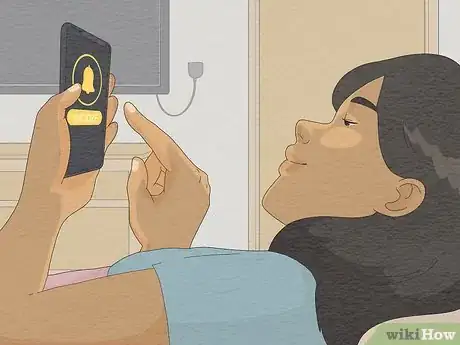

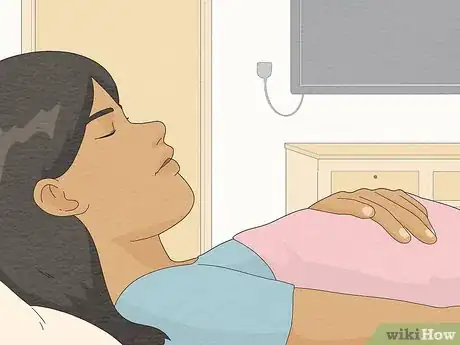
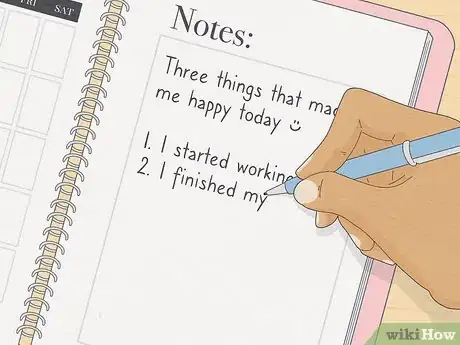
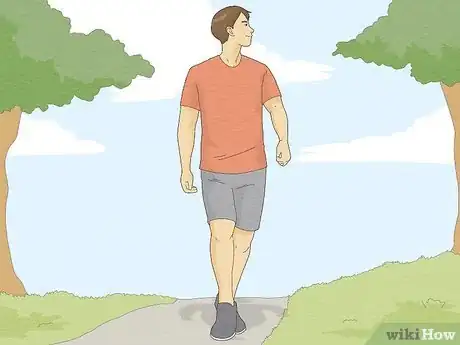

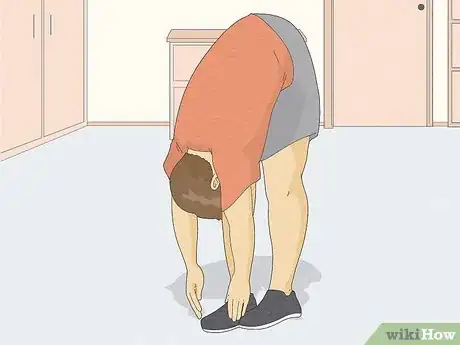
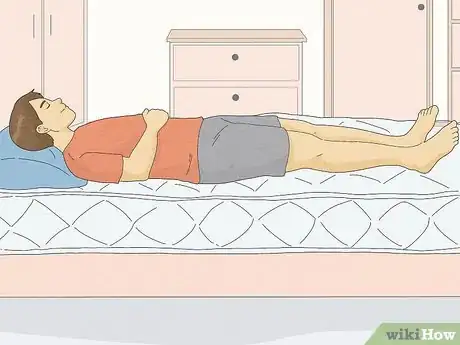
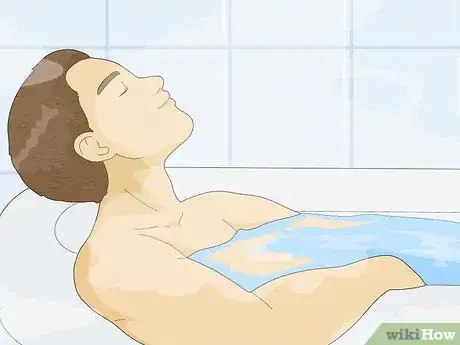
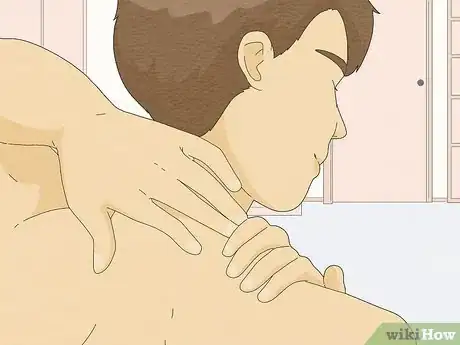
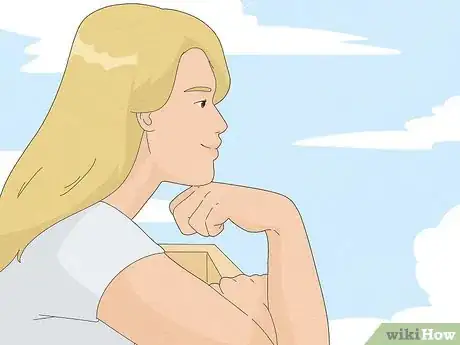
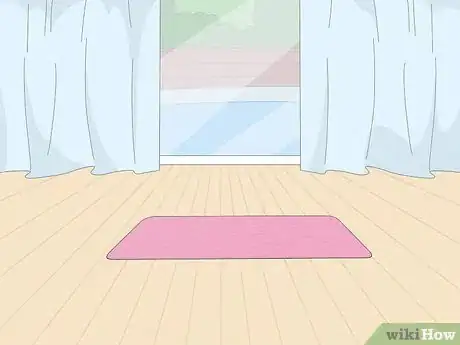

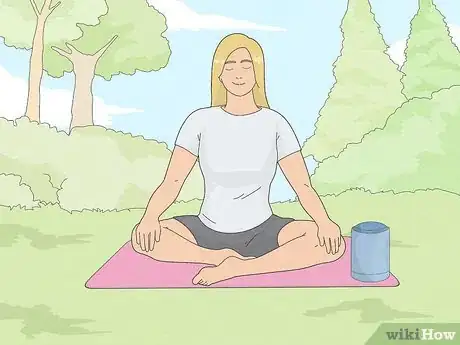
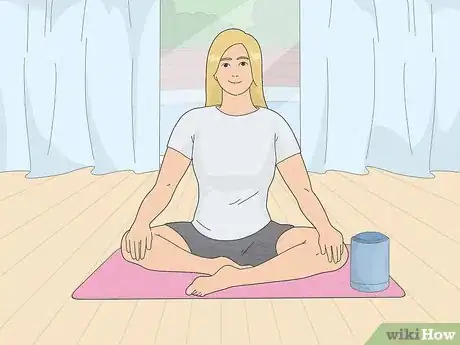



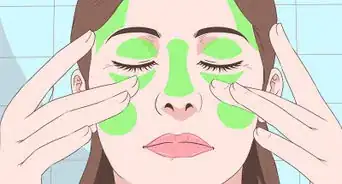




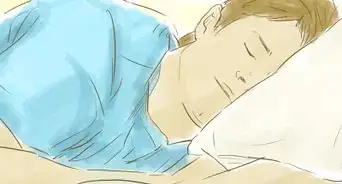

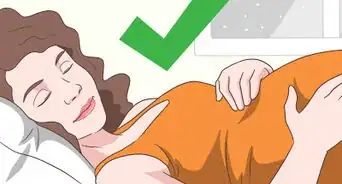













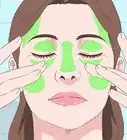



































Medical Disclaimer
The content of this article is not intended to be a substitute for professional medical advice, examination, diagnosis, or treatment. You should always contact your doctor or other qualified healthcare professional before starting, changing, or stopping any kind of health treatment.
Read More...